

Will California gut a medical aid program created in an age of compassionate care?


Are California’s in-home caregivers on Republicans’ chopping block?


Medicaid is a lifeline for people with disabilities like Josh Lockwood-Wewer. As GOP lawmakers push for cuts, his mother is taking a stand.
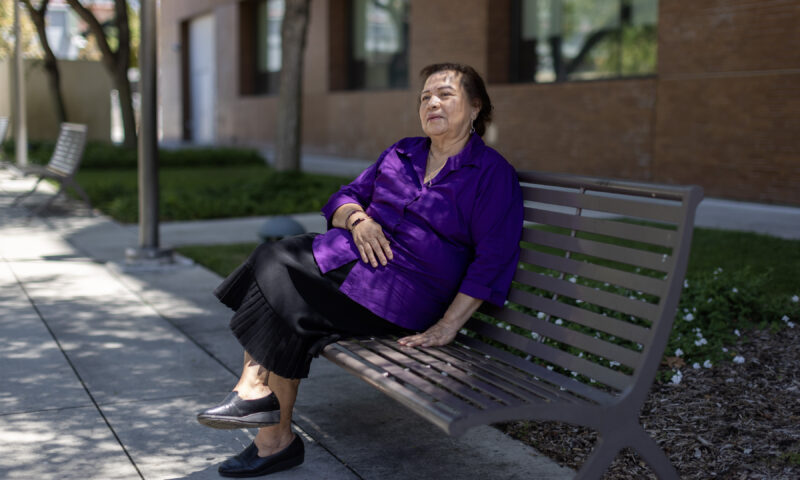

To achieve consistent pay and benefits, IHSS workers seek to negotiate directly with the state instead of with 58 individual counties.


Some key state programs will be maintained, but those without legal status remain ineligible for other anti-poverty programs.


Contrary to common beliefs, many Californians in low-wage jobs are in the later stages of their work lives. They also play a crucial role in taking care of the state’s aging population.
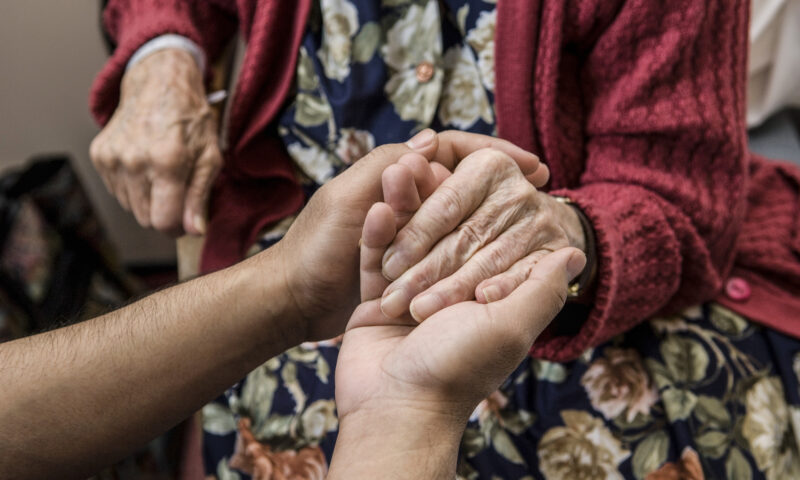

In-home care is a growing necessity across the state. When will counties treat it that way?
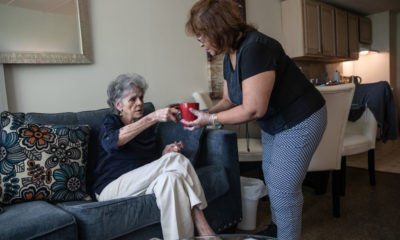
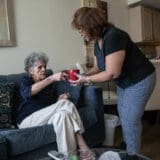
As California reopens, essential home care workers may have their hours cut.


Gov. Newsom’s revised budget puts programs aimed at addressing disparities in access to vital services on the chopping block.


Clear Lake was once a resort destination. When its water quality deteriorated, tourism plunged.


Three people tell Capital & Main that the Affordable Care Act repeal and proposed cuts to Medicaid will decimate their finances and their quality of life. BY LARRY BUHL


Under the American Health Care Act passed by the U.S. House of Representatives last week, California’s half million in-home care recipients, who include the elderly, the blind and the disabled, could be facing big cuts in services.
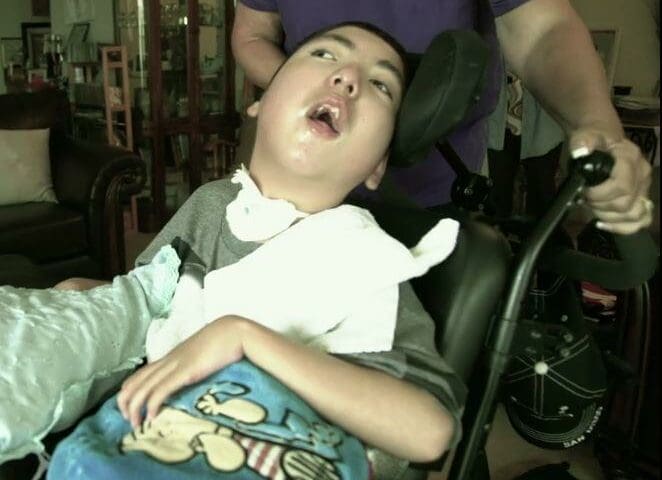

A severely disabled boy and his caregiver face an uncertain future with the passage of the American Health Care Act.
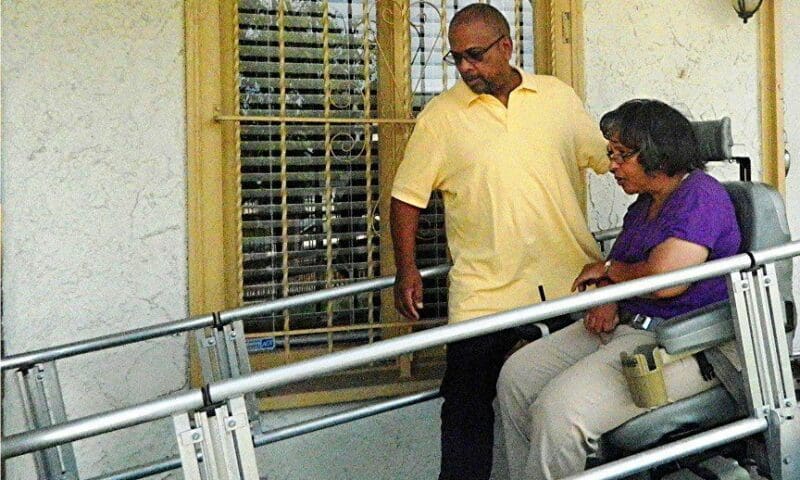

Disabled and elderly Californians have cause to worry as time marches forward to June 30, 2016. That’s the deadline for Governor Jerry Brown and state legislators to find a permanent solution to keep whole one of California’s largest assistance programs for the state’s most vulnerable populations.
For this fiscal year, a seven percent cut– $226 million–was restored to the In-Home Supportive Services (IHSS) program in June. But without solid funding for the future, nearly a million adults, children and their caregivers face losing hours of service and wages again.
The restoration of the cuts was a huge victory for consumers of IHSS’s services, according to Brandi Wolf, California policy director for the United Long Term Care Workers (ULTCW), “but living from year to year [involves] a tremendous amount of uncertainty. We can’t ask consumers to live in this uncertain world.” ULTCW, an affiliate of the Service Employees International Union, represents many IHSS workers.
» Read more about: Vulnerable Home Care Recipients Fear Losing Services—Again »
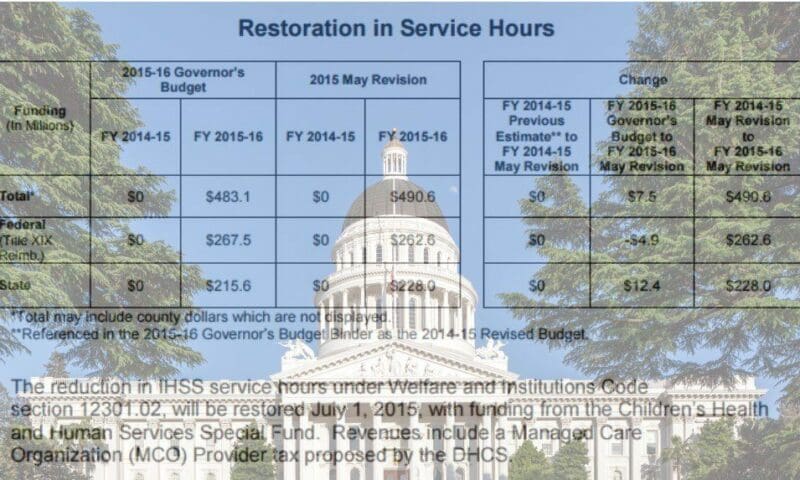

The 467,000 Californians who receive assistance from the state’s In-Home Supportive Services are breathing a little better, if not easier, now that a new budget has restored care cuts to the agency. The program typically assists elderly, blind and disabled people on low incomes with housework, meal preparation, personal hygiene and other services; by paying individuals through the state to perform these tasks, the care recipients are able to remain in their homes and avoid being institutionalized – which also saves taxpayers millions of dollars.
Also Read: Will Sacramento Restore Home Care Cuts to Seniors & the Disabled?
A few years ago IHSS suffered a seven-percent funding cut that Governor Jerry Brown pledged in January to restore – but without providing a specific funding stream to do so. Brown suggested that revenue for the restoration could come from either a new tax on certain health care plans or from the state’s General Fund.
» Read more about: In-Home Care Recipients Cautiously Applaud New Budget »


The ongoing battle to restore the seven percent cut in IHSS hours provides a microcosm of the problems involved in fixing the long-term health care system in California for its most vulnerable clients.
This past January the state Senate’s Select Committee on Aging and Long-Term Care, chaired by Senator Carol Liu, issued a report titled, A Shattered System: Reforming Long-Term Care in California. Its authors concluded that seniors, the disabled, their families, caregivers and state and local governments suffer from a “costly and fragmented, ‘non-system’ of long-term care services and supports.”
A lack of political will has produced a dysfunctional system of services for the aging.
After a year-long program of research and hearings, the committee determined that continued reliance upon the existing patchwork of programs and services for the state’s growing aged and disabled population will result in “unnecessary expenditures,
» Read more about: Aging in California: Shattered Dreams, Broken Care Systems »
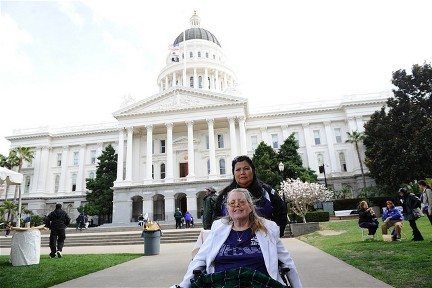
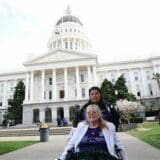
When Governor Jerry Brown unveiled his revised 2015-2016 budget on May 14, hundreds of thousands of In-Home Supportive Services (IHSS) recipients, the low-wage caregivers who serve them, and the health rights activists and labor unions that champion their interests learned there was an apparent seven percent solution to restore previous cuts made to IHSS service hours.
The IHSS program provides care to nearly a half-million, low-income seniors, children and persons with disabilities so they can safely live in their own homes. It is an alternative to institutionalizing the elderly and the disabled, and saves the state hundreds of millions of dollars, while enabling program recipients to receive personalized care from IHSS workers – most often family members – who assist them with hygiene issues, meals, house-cleaning, transportation and medical care.
“As of July 1st 2015, the seven percent reduction in IHSS service hours will be restored and funded by the Managed Care Organization (MCO) tax or another revenue source,” California Department of Social Services (CDSS) Deputy Director of Public Affairs Michael Weston told Capital &


Thousands of aging and disabled Californians, along with their home care providers, have been on edge to see if a seven percent cut in home care services will be restored in the state budget, as Jim Crogan details for Capital & Main. But this year’s tug-of-war at the margins of the state budget is just a foreshadowing of serious struggles to come over the next 15 years as a tidal wave of new seniors changes the face of our state.
The number of Californians over 65 will nearly double by 2030.
Despite California’s falling birth rates, the state’s population has grown faster and stayed younger than the country on average, thanks to immigration. But the outsized numbers of baby boomers has begun to outweigh those moving in, and it will leave us with a much older population.
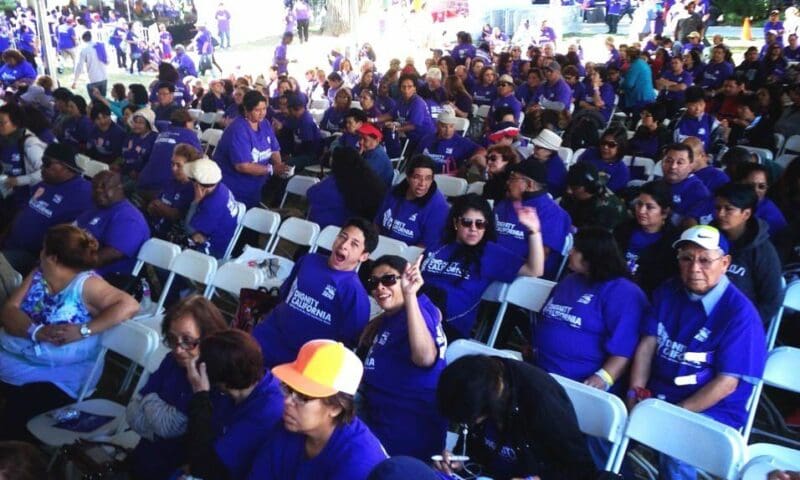

If proof is needed that good things happen to people who don’t just wait but act, look no further than Governor Jerry Brown’s agreement, this past week, to allow in-home caregivers to receive overtime pay. Last year his administration had claimed that such overtime, which the federal government had mandated for in-home caregivers, would pose a prohibitive financial burden for California. Then, in January, the governor unveiled a 2014-15 budget that explicitly capped caregivers’ hours at 40 per week for the program, which is administered by the state’s In-Home Supportive Services (IHSS).
Not only would low-income seniors and Californians with disabilities who require in-home care have to hire additional workers to meet their needs, but the cap also struck deep at the livelihood of many caregivers by taking away from them a substantial number of work hours. A January Capital & Main investigative story, written by Gary Cohn,
» Read more about: Reversal of Misfortune: Caregivers Win Overtime »